Patterns intricate macrame artistry, examine into a world of advanced techniques that will push your crafting skills to new heights. Various advanced macrame techniques are waiting to be explored, from complex knot combinations to intricate design elements. Whether you’re a seasoned macrame enthusiast or looking to take your skills to the next level, these challenging techniques will inspire creativity and elevate your craft to a whole new level. Let’s unravel the world of advanced macrame and discover the techniques that will test your abilities and spark your imagination.
Key Takeaways:
- Double Half Hitch Knots: Mastering this knot allows for intricate designs and patterns in macrame projects.
- Switching Cord Colors: Challenge yourself by incorporating multiple cord colors to create more complex and visually appealing designs.
- Micro-macrame: Explore the art of micro-macrame to create delicate and detailed pieces using fine cords and smaller knots.
Understanding the Basics of Macrame
Overview of Knotting Techniques
To master advanced macrame techniques, it’s crucial to have a solid foundation in basic knotting techniques. Understanding the fundamental knots, such as the square knot, spiral knot, and lark’s head knot, is necessary before moving on to more intricate designs. Practice these basic knots until you can tie them with ease and consistency.
Materials and Tools for Advanced Macrame Techniques
When delving into advanced macrame projects, having the right materials and tools is key to success. Below is a breakdown of the necessary items you’ll need:
- Materials
Cotton cord Natural wooden dowel macrame rings Beads or embellishments - Tools
Scissors Tape measure Comb or brush Fray stop or clear nail polish
Another necessary tool for advanced macrame projects is a sturdy work surface. A flat table or a macrame board will provide a stable base for creating intricate designs. Additionally, having a variety of knotting cords in different colors and thicknesses will allow you to experiment and add depth to your projects.
Exploring Complex Knots and Patterns
Working with the Double Half Hitch
Working with the double half-hitch knot can present a new challenge, even for seasoned macrame enthusiasts. This advanced knotting technique involves crossing cords over each other to create intricate patterns. By practicing this knot, you can master the art of creating detailed designs and incorporating them into your macrame projects.
Mastery of the Cavandoli Knot
For those looking to elevate their macrame skills, mastering the Cavandoli knot is a must. This complex knotting technique originates from the Cavandoli region of Italy and involves weaving multiple cords together to form elaborate geometric patterns. With patience and practice, you can create stunning textured pieces that showcase your mastery of this intricate knot.
Knot enthusiasts often find the Cavandoli knot to be a rewarding challenge as it requires precision and concentration to create flawless designs. This advanced technique opens up a world of possibilities for creating unique macrame pieces that stand out for their complexity and beauty.
Another
Starting a new paragraph for the continuation of the text with more advanced macrame techniques.
Advanced Projects to Enhance Your Skills
Unlike beginner macrame projects, advanced macrame techniques can challenge your skills and creativity further. If you are looking to take your macrame abilities to the next level, there are various advanced projects you can try. For a comprehensive guide on improving your macrame skills, check out 13 ways to improve your macrame skills.
| Crafting a macrame Wall Hanging | Creating Intricate macrame Plant Hangers |
Crafting a Macrame Wall Hanging
Hanging a beautifully crafted macrame wall hanging can add an artistic touch to any space. To enhance your skills in this area, try experimenting with different knot patterns, incorporating unique materials, and playing with varying lengths of cords. By challenging yourself with intricate designs and techniques, you can elevate the visual appeal of your macrame wall hangings.
Creating Intricate Macrame Plant Hangers
Intricate macrame plant hangers are a stunning way to showcase your greenery while also demonstrating your advanced knotting skills. To create complex and visually appealing plant hangers, consider incorporating multiple types of knots, alternating cord thicknesses, and adding embellishments like beads or tassels. These projects not only enhance your skills but also add a decorative element to your indoor plants.
Skills
Mastering intricate macrame plant hangers requires a combination of precision, patience, and creativity. As you explore the world of advanced macrame techniques, you will refine your knotting abilities, develop a keen eye for design, and learn how to troubleshoot complex patterns. By honing these skills, you can create breathtaking macrame pieces that showcase your expertise and artistic flair.
Combining Macrame with Other Crafts
Once again, if you’re looking to take your macrame skills to the next level, consider incorporating it with other crafts. One great way to do this is by combining macrame with weaving techniques. For those interested in exploring this fusion, you can check out the 31 days with Macrame Knots / 31 tutorials with all basic … playlists for inspiration and tutorials.
Incorporating Beads and Embellishments
One way to elevate your macrame projects is by incorporating beads and embellishments. Adding beads can add depth and texture to your designs, while embellishments like feathers or charms can add a unique touch. Be sure to experiment with different types of beads and embellishments to find what works best for your project.
Integrating Weaving Techniques into macrame
Any seasoned crafter knows that combining different techniques can lead to truly unique pieces. Integrating weaving techniques into macrame can result in stunning wall hangings or intricate patterns within your macrame projects. To achieve this, try weaving yarn or other materials through your macrame knots, creating a beautiful contrast of textures.
To wrap up
From above, it’s evident that there are several advanced macrame techniques to challenge yourself and elevate your craft. By experimenting with intricate knotting patterns like the Double Half Hitch, the Josephine Knot, or the Chinese Clover Knot, you can take your macrame creations to the next level. Incorporating unique elements such as beads, feathers, or driftwood can also add a creative touch to your projects. Remember to practice patience and precision as you navigate these more complex techniques, and don’t be afraid to push your boundaries to expand your macrame skills. With dedication and practice, you’ll be able to master these advanced techniques and wow others with your stunning macrame creations.
FAQ
Q: What are some advanced macrame techniques to challenge yourself?
A: Some advanced macrame techniques to challenge yourself include micro-macrame, adding beads or crystals, incorporating intricate knot patterns like the double half-hitch or the square knot on a diagonal, and experimenting with unique designs like macrame feathers or flowers.
Q: How can I improve my tension control in macrame projects?
A: To improve your tension control in macrame projects, practice consistently and pay attention to the pressure you apply when tightening knots. You can also use tools like a macrame tension board or practice boards to help maintain even tension throughout your work.
Q: What is the key to creating intricate macrame patterns?
A: The key to creating intricate macrame patterns is patience and attention to detail. Take your time when working on complex designs, follow pattern instructions carefully, and don’t be afraid to undo and redo knots to ensure accuracy.
Q: How can I incorporate color into my advanced macrame projects?
A: You can incorporate color into your advanced macrame projects by using a variety of colored cords, dip-dyeing techniques, or adding colorful beads or threads to your design. Experiment with different color combinations to create visually striking macrame pieces.
Q: What are some ways to give texture to macrame projects?
A: Some ways to give texture to macrame projects include using a variety of knotting techniques like the square knot, half-hitch knot, or lark’s head knot, mixing different types of cords like cotton, jute, or silk, and incorporating elements like fringes or tassels.
Q: How can I elevate my macrame wall hangings with advanced techniques?
A: You can elevate your macrame wall hangings with advanced techniques by adding intricate knot patterns, incorporating unique materials like metal rings or wooden dowels, experimenting with different hanging styles like cascading or geometric designs, and combining macrame with other crafting techniques like weaving or embroidery.
Q: What tools are important for advanced macrame projects?
A: Essential tools for advanced macrame techniques or projects include a macrame board or work surface, sharp scissors for cutting cords, a tape measure for precise measurements, a comb for fluffing out fringe, and various types of needles or hooks for adding beads or creating specific knots.


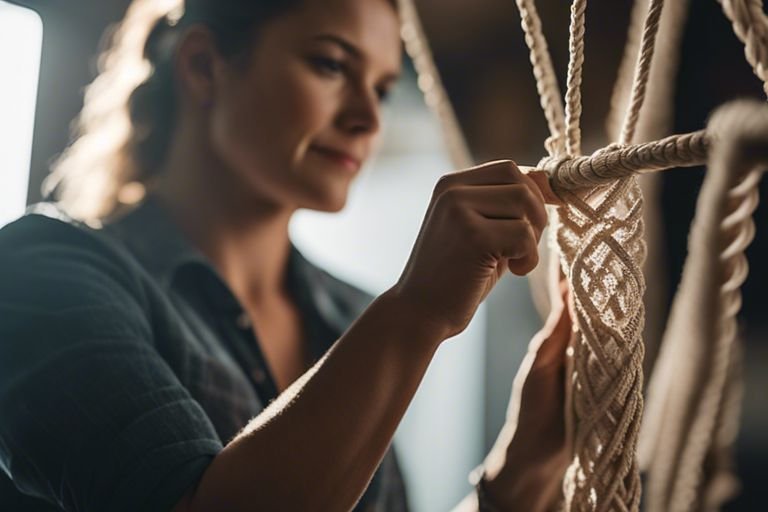
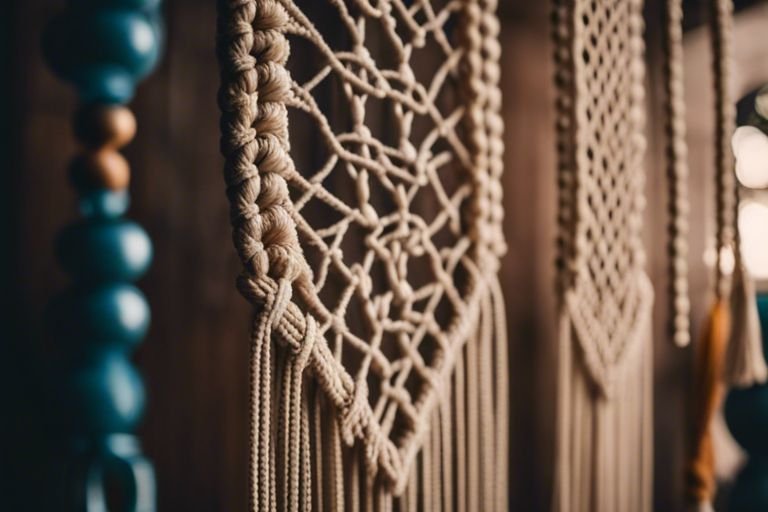
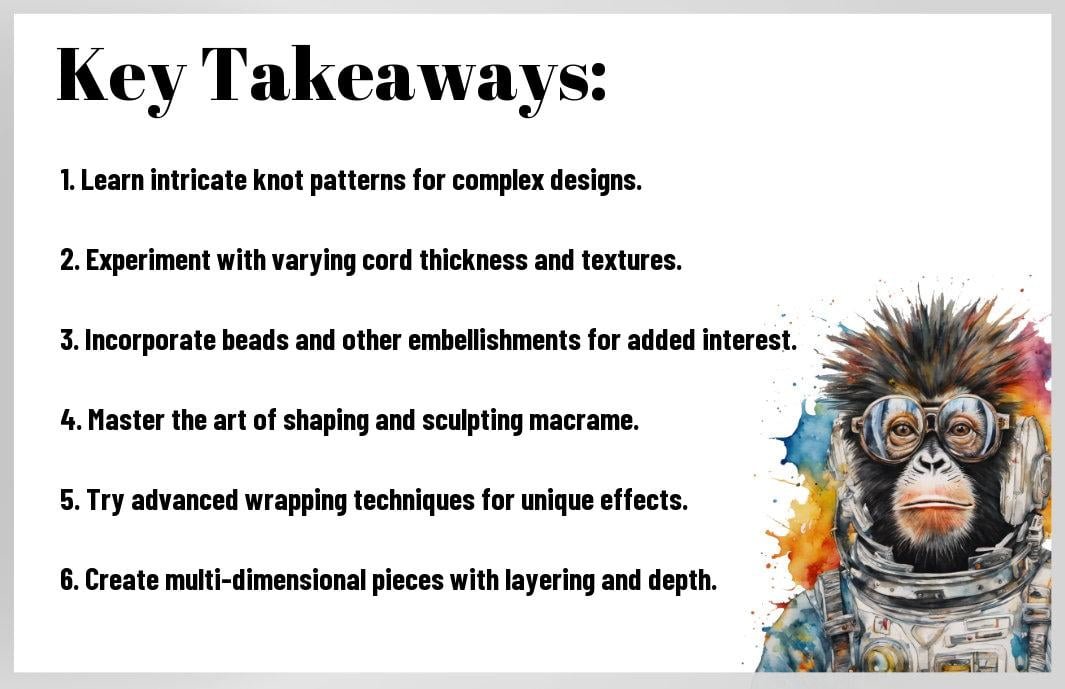
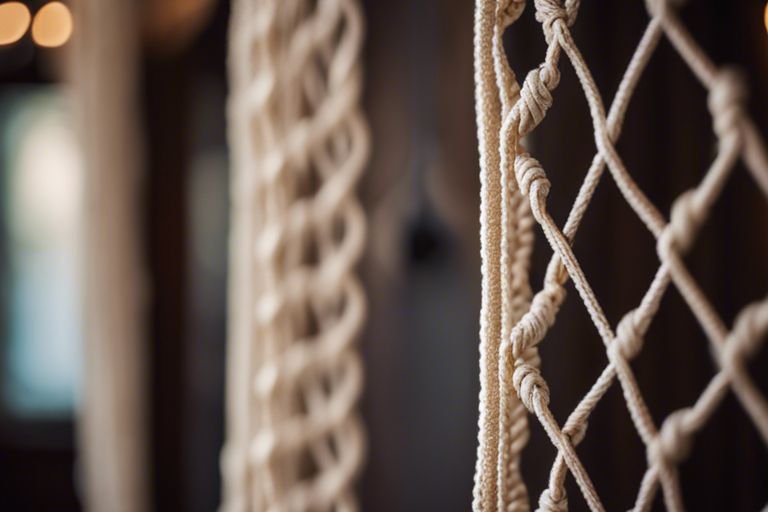
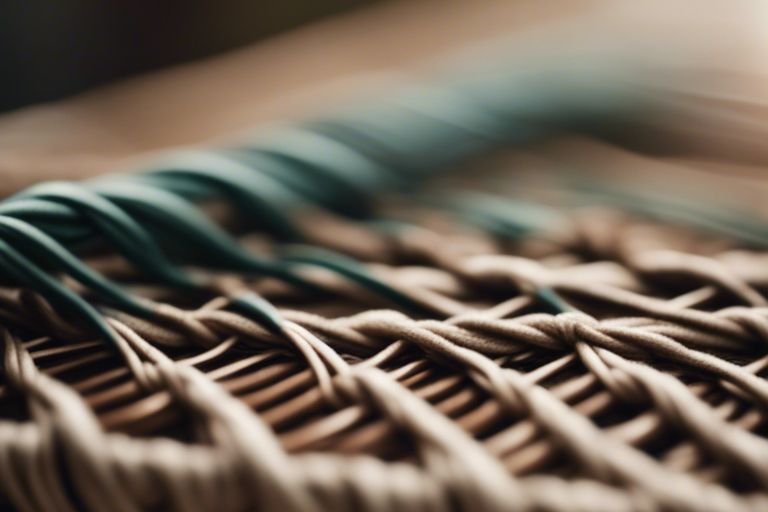

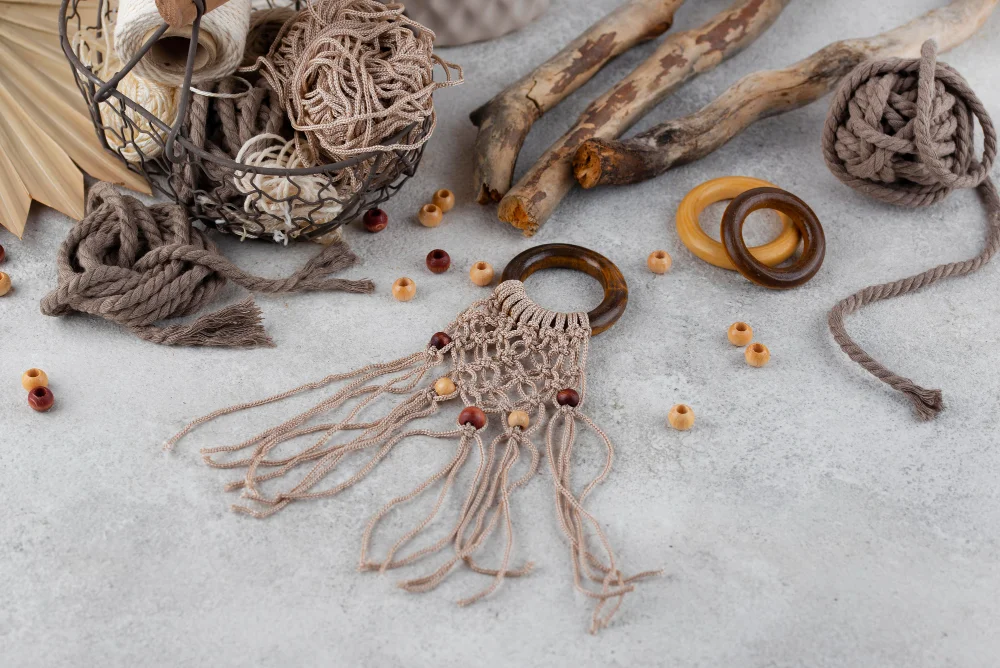
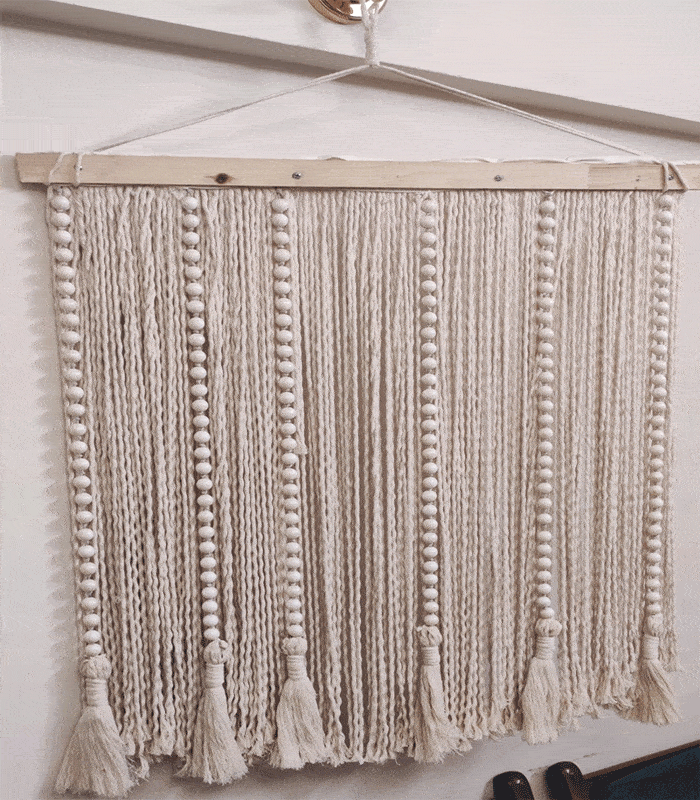
Hello my loved one I want to say that this post is amazing great written and include almost all significant infos I would like to look extra posts like this